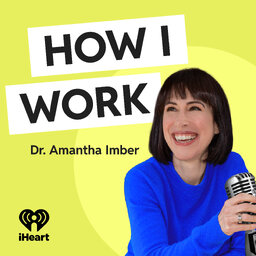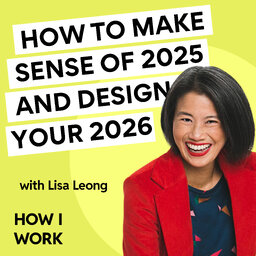Quick Win: A better way to make big decisions (with total confidence)
The bigger the decision, the harder it feels to make. We overthink, second-guess ourselves, and sometimes freeze entirely. But what if there was a simple framework designed to cut through the noise and help you confidently choose the best path forward?
In this Quick Win episode, Jake Knapp—bestselling author and creator of the Design Sprint process—shares his Magic Lenses framework, a structured way to weigh different perspectives without getting stuck in analysis paralysis.
Jake and I discuss:
- Why big decisions often lead to overthinking—and how to break the cycle
- How the Magic Lenses framework helps you make complex choices in just 48 hours
- The 4 essential lenses every great decision-maker uses
Listen to the full interview with Jake here.
Connect with Jake via his website, Instagram, LinkedIn, or preorder his new book Click here.
My latest book The Health Habit is out now. You can order a copy here: https://www.amantha.com/the-health-habit/
Connect with me on the socials: Linkedin (https://www.linkedin.com/in/amanthaimber)
Instagram (https://www.instagram.com/amanthai)
If you are looking for more tips to improve the way you work and live, I write a weekly newsletter where I share practical and simple to apply tips to improve your life. You can sign up for that at https://amantha-imber.ck.page/subscribe
Visit https://www.amantha.com/podcast for full show notes from all episodes.
Get in touch at amantha@inventium.com.au
Credits:
Host: Amantha Imber
Sound Engineer: The Podcast Butler
 How I Work
How I Work


